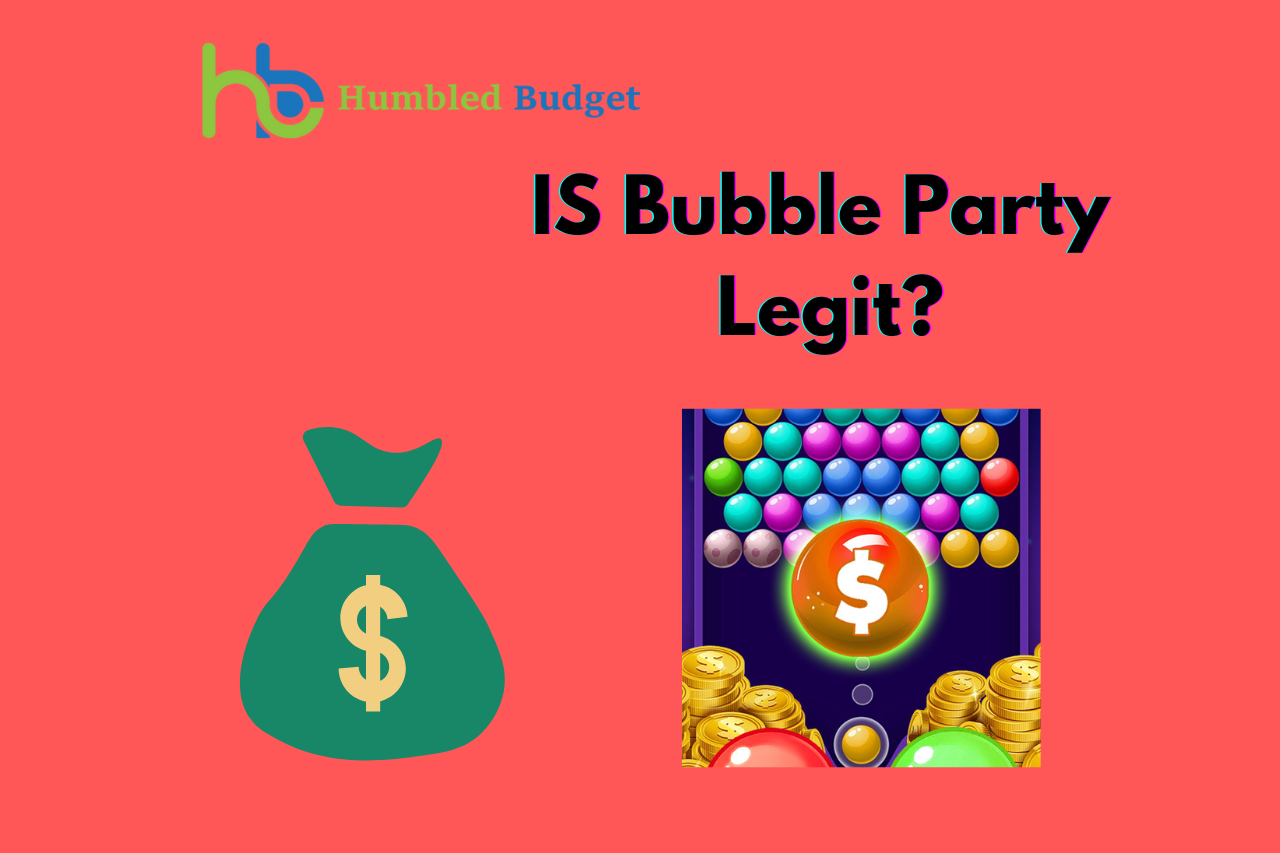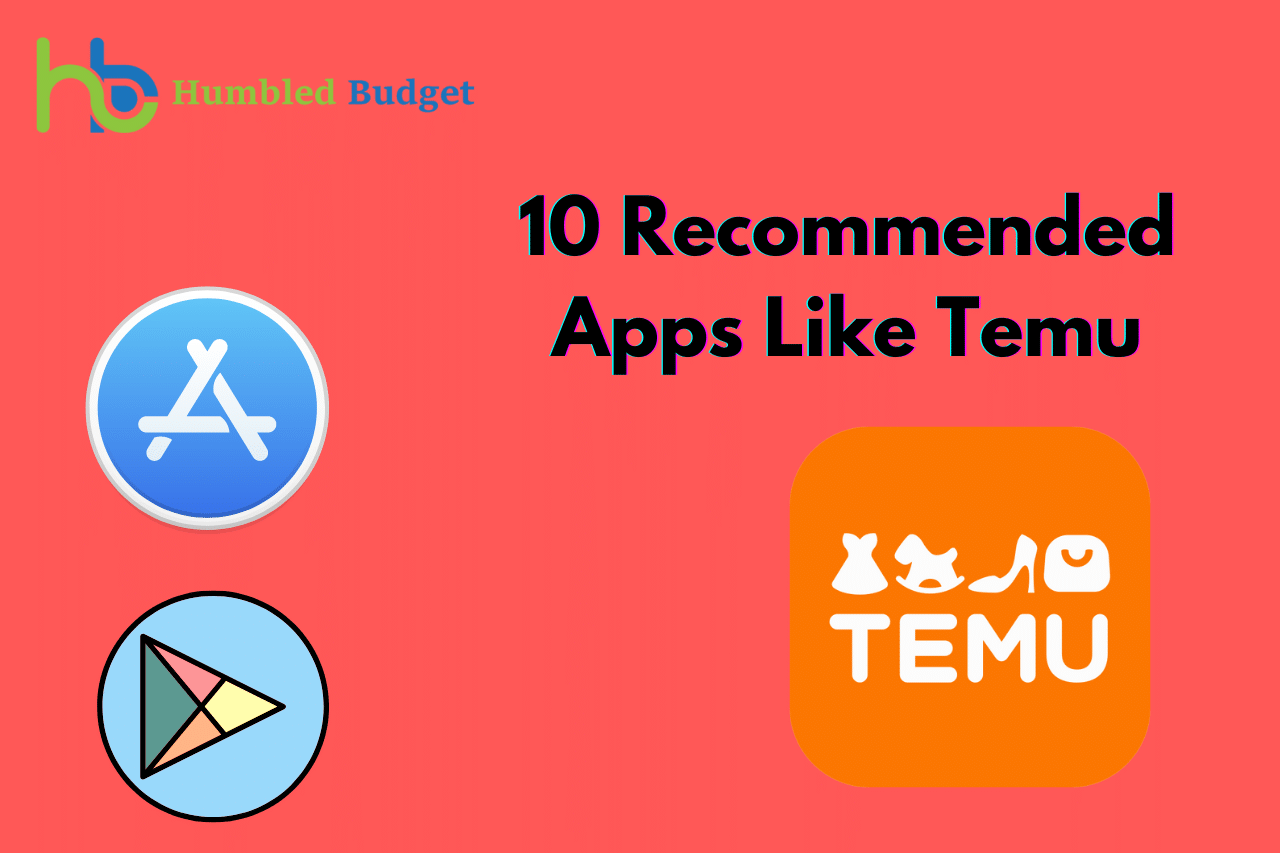Table of Contents
ToggleIntroduction
When it is time to pay for college, there are a lot of options out there. However, only right one can make all the difference in your ability to finance school and graduate with less stress and fewer (if any) debts.
We’ve put together this guide to help you decide which loan is best for you—and what you should consider before signing on the dotted line:
Federal subsidized loans
Subsidized loans are accessible to students who exhibit financial aid. The government pays the interest on these loans while you’re in school, so you don’t have to worry about paying it yourself.
You can pay this interest while in school or defer it until graduation. A subsidized loan may be suitable if you are enrolled at least half-time and meet other eligibility requirements.
Unsubsidized loans are available to students who demonstrate financial need. The government doesn’t pay the interest on these loan while you’re in school, so you will have to pay it yourself.
An unsubsidized loan may be suitable if you are enrolled at least half-time and meet other eligibility requirements.
Federal unsubsidized loans
An unsubsidized loan is a federal loan available to all students who have not yet graduated. The interest rate for unsubsidized loans is based on the borrower’s financial need, so it’s generally lower than other federal loan.
Unsubsidized loan are also different from subsidized loans in that they do not include an interest subsidy while you’re in school or within six months after you leave school. Instead, the borrower pays the interest as it accrues and then repays the principal after graduation (within ten years).
The interest rate for a subsidized loan is fixed, and the government pays the interest while you’re in school or within six months after you leave school. This means you don’t have to pay any interest on a subsidized loan while in school.
Federal PLUS loans
PLUS, loans are for guardians who want to help their kids pay for college. These loans are not based on credit but income.
They’re not subsidized, so you’ll have to pay them back immediately. PLUS, loans have a fixed interest rate lower than the variable rates on other federal student loan (like Stafford and GradPLUS).
PLUS, Loans are at hand to parents of dependent students or graduate or professional students, regardless of whether they have a co-signer. PLUS, loan are available for all types of postsecondary education—including part-time and online programs.
The amount you can borrow depends on various factors, including your income and the cost of attendance at the college or career school. The Federal Student Aid website has an estimating tool that lets you see how much you could qualify for.
Private student loans
Private student loans are not subsidized or guaranteed by the government, and they aren’t eligible for federal loan programs and can’t be discharged in bankruptcy.
Personal student loans carry a higher interest rate than federal student loan but can be used to cover any education expenses.
The main advantage is that you’ll have more flexibility with your repayment options if you struggle to make payments on time.
In contrast, you may want to avoid taking another loan altogether if you have too much debt from other sources, such as credit cards or auto loans, especially one where it will take years for your balance to decrease due to high monthly payments that barely dent what’s owed overall.

Payday loans
Payday loans are unsecured loans that usually range from $300 to $1,000 and must be repaid within a month. They will charge you an additional fee if you borrow money from a payday lender and can’t repay the loan on time.
Payday loans are not recommended for students who need to borrow money because the interest rates are so high, and they can cause financial harm if not repaid in full at the end of your grace period.
See if your school’s financial aid office offers emergency loan if you require a short-term loan. Emergency loans are usually interest-free and require very little paperwork.
Some schools offer emergency loan through the financial aid office. These loans are interest-free and don’t require a credit check or co-signer, making them ideal for students who need quick cash.
Credit cards
Credit cards are another form of debt. You can use them to pay for items you can’t afford, and they can help build your credit if used responsibly. However, knowing when to use your credit card and when not is vital when it comes down to making a good credit score.
If you don’t know how much cash you have in the bank or whether you’re going to be able to pay off the balance in total with each month’s statement, then don’t get a credit card—it’s as simple as that.
Still, if there are no reasons why you shouldn’t get one (for example, an emergency), then it might be worth getting one anyway because of all the benefits that come along with having one:
- Ability To Build Credit History
- Emergency Funds In Case Of Emergency
- Purchase Protection If Something Goes Wrong with The Product/Service

Depending on your credit, you may have different options for taking out debt.
When deciding what loan to take, the first step is to figure out your credit situation. Federal loans are based on need, so you may be eligible for a subsidized loan if you don’t have good credit.
These are made available by the government and don’t require any payment until after graduation (meaning they can be deferred until graduation).
However, federal loans also have strict repayment requirements: once you graduate and earn more than $20,000 per year, payments will kick in based on a standard 10-year plan with interest rates starting at 3.76%.
Private loan are issued under different terms. They aren’t tied to your earnings or debt status and may be appropriate if your financial situation makes it difficult to qualify for other types of loans (or if you want more flexibility).
Pros:
- No need-based requirement
- Lower interest rates
Conclusion
We’ve covered a lot of information here, which can be overwhelming. If you have questions about which loan will work best for your situation, try calling the lender directly or visiting their website to learn more. Plenty of resources can guide wise financial decisions regarding college loans—and life in general.














